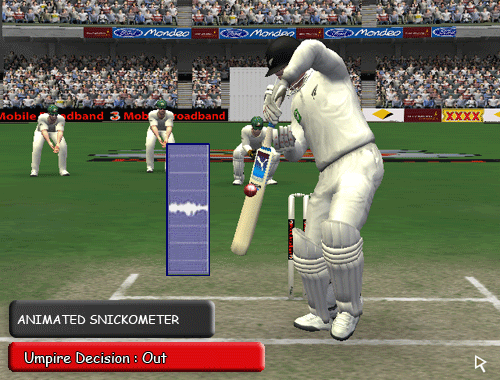The technological advances in every sport are rapidly growing and it helps to minimalise the human errors involved in making a decision. And in cricket, the technologies such as snickometer/ultra edge, hotspot, DRS, spider cameras, speed gun, LED bails etc., are some of the technologies used in many countries.
Snickometer is a technology used in cricket to determine while making decisions for caught behind and LBW when the umpire is not sure whether the ball made contact with the bat or not. The chances of human error in making a decision are unavoidable. We can’t say that this umpire can be 100% correct. To overcome this, we rely on technology to be more accurate in making decisions
Snickometer is also known as Snicko in short. It was developed by an English scientist Mr Allan Plaskett in 1990. In this article, we are going to explain how the snickometer works.
Working of Snickometer :
This is how a snickometer works. The first thing we need in this process is a highly sensitive microphone to record the sounds. As the microphone picks up various sounds to filter the unwanted frequencies resonance filter is used to limit the frequencies of certain ranges. The microphone is connected to an oscilloscope to measure the sound waves.

There will be multiple cameras around the ground capturing the videos of the match. When there is a requirement the video and the audio picked up by the microphone are played frame by frame to check whether the ball hits a bat or pad. If the ball hits the bat there will be a sharp spike and a shorter sound is heard. If the ball hit the pad or gloves the impact will be longer when the wood is not involved.

The recorded sound frequencies are converted to sound waves and synchronised with the video recorded. And if the ball didn’t hit anywhere there will be no spike. This helps the umpire to be more accurate with the decision.